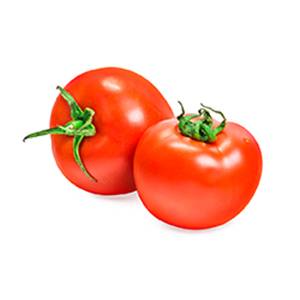- No. 268 Xianghe Street, Economic Development Zone of Xingtai city, Hebei 054001 China
- Byron@hbhongri.cn
chilli powder making
The Art of Making Chilli Powder A Journey from Farm to Spice Rack
Chilli powder, a staple in many kitchens around the world, is more than just a spice; it’s a blend of culture, flavor, and health benefits. The process of making chilli powder is an interesting journey that transforms fresh chillies into a fine, aromatic powder that can enhance dishes and impart a tantalizing heat. This article explores the meticulous steps involved in chilli powder making, from the farm to the spice rack.
Growing Chillies
The journey begins at the farm, where various types of chillies are grown. Depending on the desired flavor profile and heat level, farmers may choose from a variety of chillies, such as Kashmiri, cayenne, or jalapeño. Each type brings its unique characteristics to the final product. The chillies are typically planted in warm climates, as they thrive in sunlight and require well-drained soil.
Proper cultivation practices significantly affect the quality and intensity of the chillies. Farmers need to monitor water levels, pest control, and nutrient content to ensure healthy growth. Once harvested, freshly picked chillies boast vibrant colors and a rich aroma that promises a delightful culinary experience.
Drying Process
After harvesting, the next crucial step in chilli powder making is drying. Fresh chillies contain a considerable amount of moisture that can lead to spoilage if not removed. Traditionally, chillies are sun-dried, a method that helps preserve their color and flavor. Alternatively, they can be dried using dehydrators or ovens, which offer more control over temperature and humidity.
Sun drying can take several days, with chillies being turned regularly to ensure even drying. The peppers should become brittle but still retain their vivid colors. Proper drying is essential, as it not only prevents mold but also concentrates the flavors, making the final powder more aromatic and flavorful.
Grinding to Perfection
Once dried, the chillies move on to the grinding process. This step is where the transformation happens, as the dried chillies are crushed into a fine powder. Various grinding methods can be used, including traditional mortar and pestle techniques or modern electric grinders, depending on the scale of production.
When grinding, it’s vital to work in small batches to ensure a consistent texture. The grind size can be adjusted based on the intended use; for instance, a finer powder is often preferred for curries, while a coarser texture might be ideal for seasoning marinades or dry rubs. During this process, many producers also take care to remove any stems or seeds to ensure that only the best parts of the chillies are used.
chilli powder making

Blending Flavors
For some, the creation of chilli powder doesn’t stop with pure dried chillies. Many enthusiasts opt to create spice blends by combining different types of chillies or adding additional spices such as garlic powder, cumin, or oregano. Each blend tells its own story and can be customized to suit regional cuisines or personal tastes.
Such blends not only enhance the flavors of the powder but also introduce a myriad of health benefits. For example, cayenne pepper is known for its metabolism-boosting properties, while paprika adds a rich sweetness and vibrant color. Crafting these blends requires a deep understanding of how different flavors interact and complement each other.
Packaging and Storage
After grinding and blending, the chilli powder is ready for packaging. Proper storage is crucial to maintaining its freshness and flavor. Typically, chilli powder is stored in airtight containers, away from light and heat to prevent degradation. Many people prefer glass jars or opaque containers to shield the powder from exposure to air and moisture.
Over time, chilli powder can lose its potency, which is why it's advisable to use it within six months to a year. To maximize flavor retention, buying whole chillies and grinding them as needed is often recommended.
Culinary Uses and Health Benefits
Chilli powder is not only a flavor enhancer but also offers numerous health benefits. It is known to contain capsaicin, a compound that can boost metabolism, improve heart health, and reduce inflammation. Incorporating chilli powder into daily meals can add a healthful kick and promote overall well-being.
In the kitchen, chilli powder is a versatile ingredient. It can be used in marinades, soups, stews, or sprinkled on roasted vegetables for an added zing. Its capacity to elevate dishes makes it an essential ingredient in cuisines around the globe, from Indian curries to Mexican chilies.
Conclusion
The journey of chilli powder from farm to spice rack is an artful and intricate process that reflects both cultural heritage and culinary creativity. Whether enjoyed as a pure, simple spice or a complex blend, chilli powder continues to inspire chefs and home cooks alike, adding depth and flavor to countless dishes. Embracing the process of making chilli powder can take us one step closer to understanding the vibrant world of spices and the role they play in our culinary adventures.







